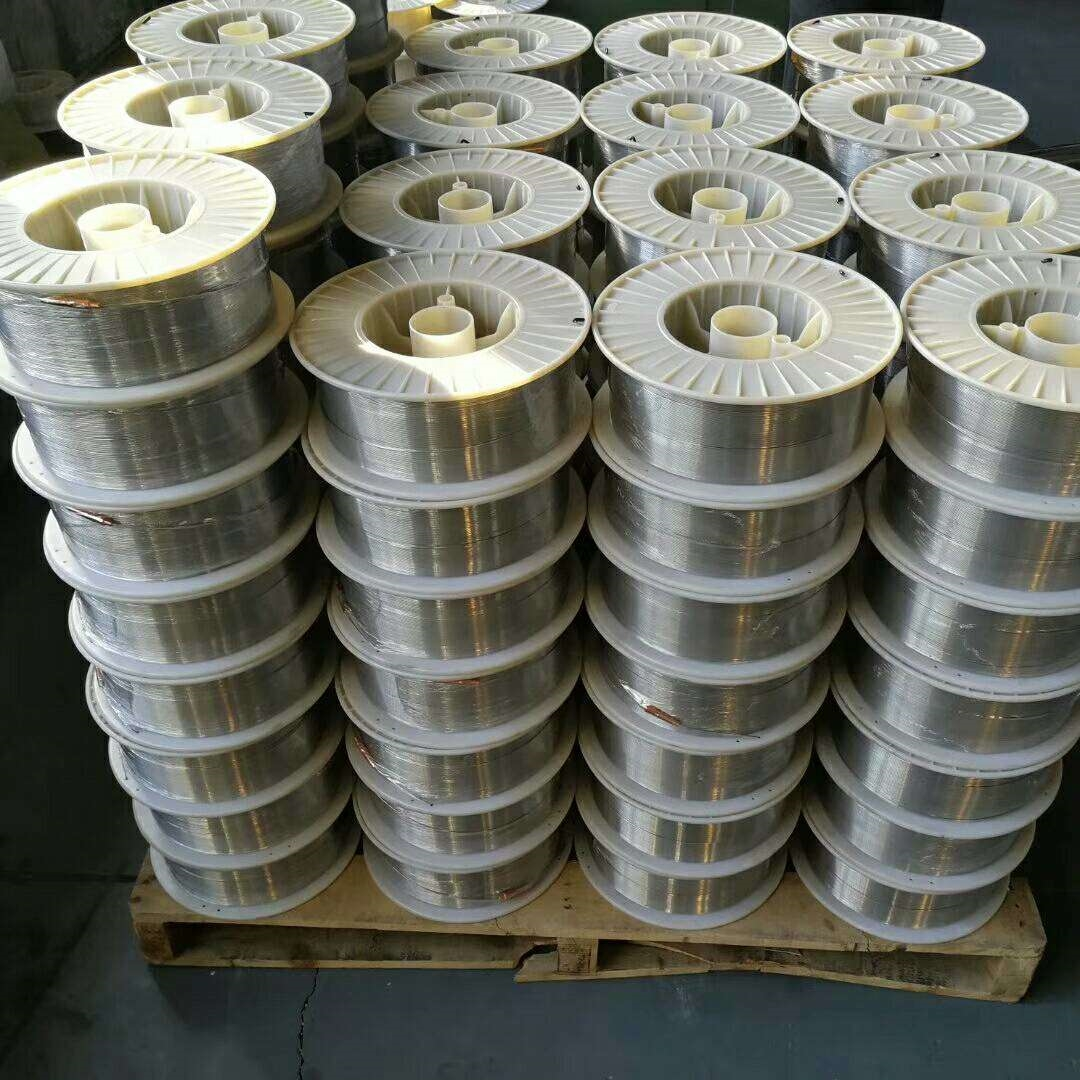Characteristics of flux cored welding wire
2023-08-11
Flux cored welding wire can be used for welding carbon steel, low alloy structural steel, heat-resistant steel, high tension steel, high-strength quenched and tempered steel, stainless steel, and hard wear-resistant steel.
Flux cored welding wire is a promising new type of welding material

Advantages:
1) For the welding of various steels, adaptability emphasizes the composition and proportion of the entire welding flux (commonly referred to as the additive as the flux core for general type flux cored welding wires, and the term flux only appears in specific flux cored welding wires), which is extremely convenient and easy to provide the required chemical composition of the weld seam.
2) The process performance is good, and the weld formation is beautiful. The gas slag joint protection is used to achieve good formation. Add arc stabilizing agent to stabilize the arc and ensure even droplet transfer.
3) Fast deposition speed and high production efficiency. Under the same welding current, the current density of flux cored wire is high, and the melting speed is fast. Its deposition rate is about 85% -90%, and the productivity is about 3-5 times higher than that of electrode arc welding.
4) High welding current can be used for all position welding.
Disadvantages
1) The manufacturing process of welding wire is complex
2) When welding, wire feeding is more difficult than solid welding wire
3) The appearance of welding wires is prone to rusting, and the powder is prone to moisture absorption, so the requirements for the storage and management of flux cored welding wires are more strict
The function played by the solder composition:
Like covered electrodes, manufacturers of flux cored welding wires have their own unique formula for the composition of the flux, and the composition of the flux varies depending on the function of the welding material.
The basic functions of flux components are outlined as follows:
Due to the fact that nitrogen and oxygen can cause porosity or embrittlement in the weld metal, strong deoxidizers such as Al powder and weak deoxidizers such as manganese and silicon must be added to the flux. As for self-protection flux cored welding wires, AL needs to be added as a nitrogen removal agent in the flux. The purpose of adding deoxidizers and denitrification agents above is to purify the molten metal.
(2) Welding slag forming agent
Calcium, potassium, sodium, and other silicosilicate substances are welding slag (also known as slag) forming agents. Adding them to the flux can effectively protect the molten pool from atmospheric pollution. Welding slag can provide a better appearance for the welding process, and after rapid cooling, it can also support the molten pool during full position welding. The coverage of welding slag can further slow down the cooling rate of the molten metal, which is particularly important for the welding of low alloy steel.
(3) Arc stabilizer
Sodium and potassium can keep the arc soft and smooth while reducing splashing.
(4) Alloying element
The addition of alloy elements such as manganese, silicon, molybdenum, chromium, carbon, nickel, and vanadium can improve the strength, ductility, hardness, and toughness of the molten metal.
(5) Gas forming agent
Fluorine, limestone, etc. need to be added to the self-protection flux cored welding wire to generate protective gas during combustion.





